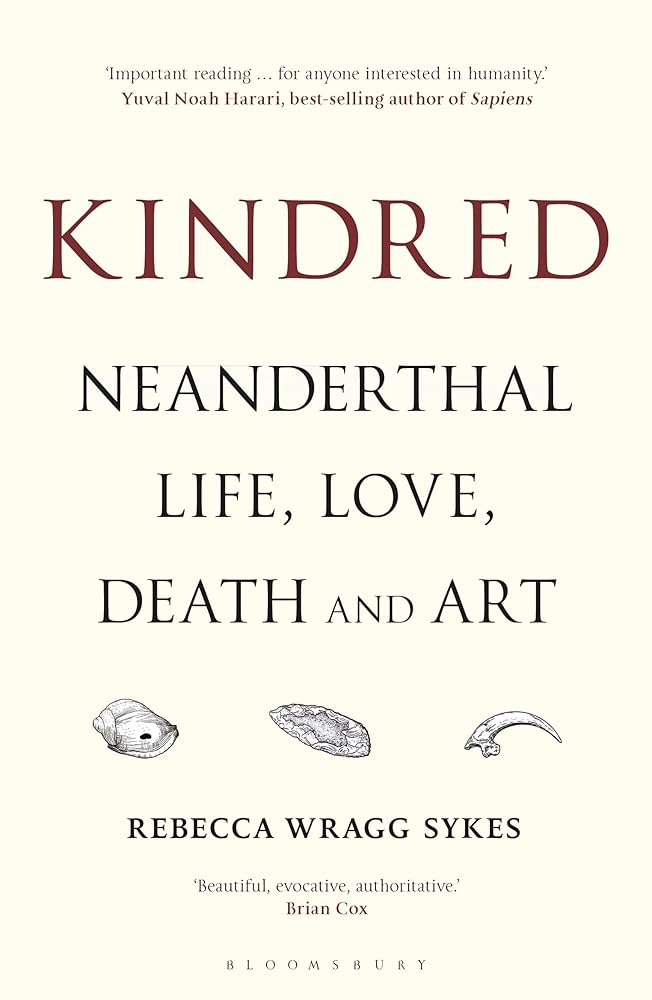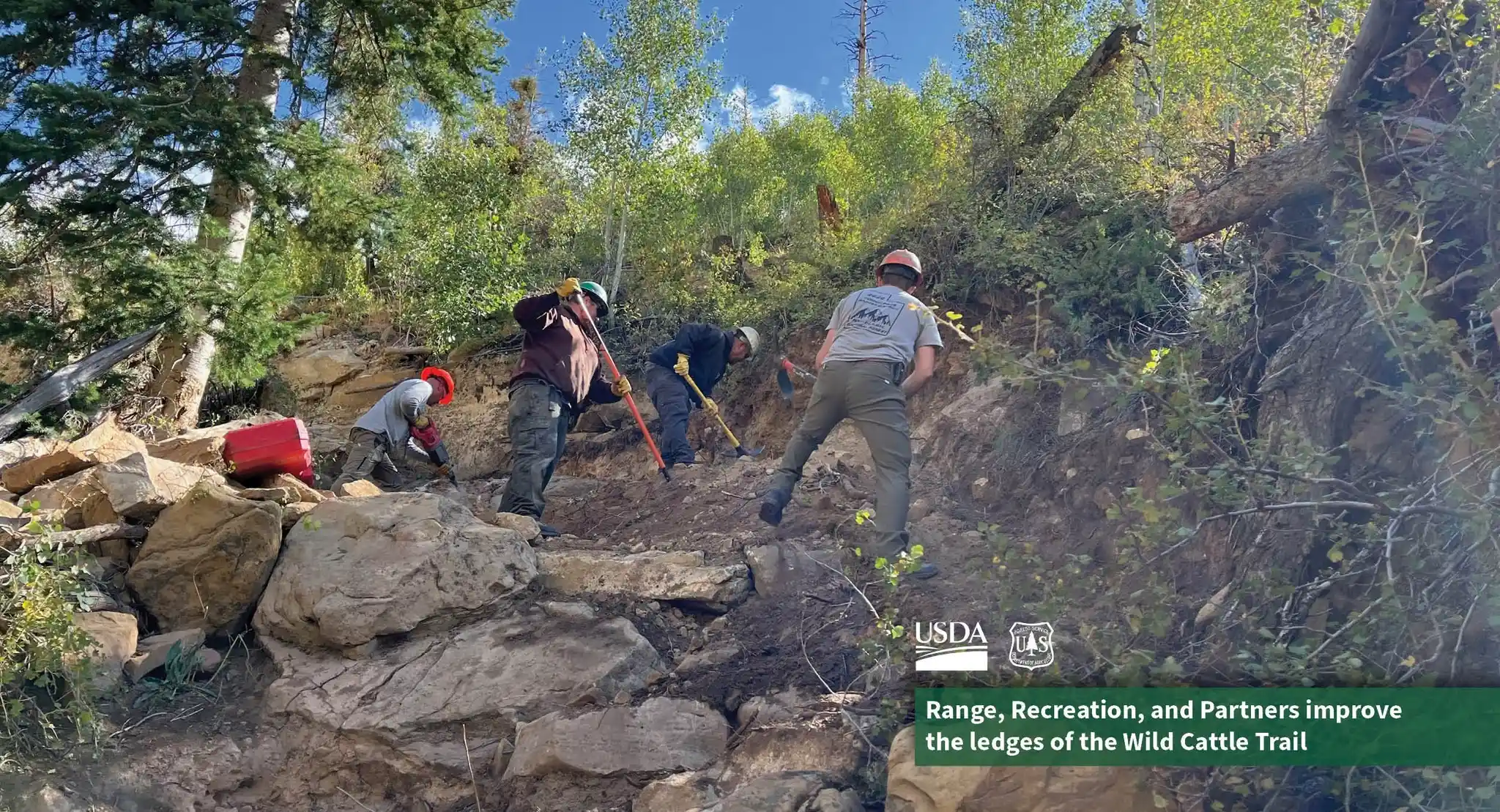The night is extraordinarily dark as our old Jeep rattles up the dirt road leading into Santa Elena, Costa Rica. Soft sheets of rain blow across the town – a nearly constant feature of the cloud forest. We arrive at our hostel – a funky joint called Pension. It has tiny clean rooms and a rustic gathering space reminiscent of coffee shops in Salt Lake City. Here, there is no hokey tourist stuff. No jungle-themed breakfast menus, no matching hotel uniforms. Just a small kitchen, a bookshelf, couches, and a cluster of tables and chairs.
My generation craves places like this. Millennials are not keen on time-shares, guided tours, four-star restaurants, and paying someone to carry our luggage. We are keen on escaping the city, connecting to the wild, authenticity, informal settings, learning new skills, and simplicity.
That night we eat at a small taco stand in front of Pension which serves delicious, affordable food and local beers. As with other hostel stays across the world, I find young people who, like myself, are eager for raw experiences – the chance to spot rare birds, paddle some whitewater, fly-fish in a jungle stream, or simply take a long hike. Some opt for a day of coffee sipping on the front porch of the hostel or wander the streets to practice their Spanish and connect with locals. None of these activities are guided or pre-packaged. These millennials are on their own, following travel blogs and word-of-mouth.
Pension is cheap, casual and facilitates a low-key approach to tourism that towns like Blanding and Monticello would do well to mimic.
With the designation of Bears Ears National Monument, conservationists have encouraged small towns in Utah to embrace a tourism economy as a substitute to extraction. Along with a mosaic of other alternative economic platforms, citizens in this new economy could avoid the boom-and-bust hardship of fluctuating oil and gas prices.
Residents of southern Utah’s small towns resist this scenario, and I understand why. With traditional tourism comes expansive growth, exhausting service jobs, increased living costs and traffic. Think Park City.
But perhaps we should reimagine how tourism can thrive in our state. Instead of abolishing our national monuments, let’s take advantage of them.
Millennials are price-conscious when we travel. A survey by Yahoo shows that 68 percent of millennials prefer to spend less than $1,000 on a trip. Another survey, by Barkley, reports that the most important factor when millennials book accommodations is price. We are after adventure, but we can skip the bells and whistles. We don’t strive for overhead and glamour, just something honest.
For proof, look no further than Instagram or Facebook. Millennials place travel and adventure high on a pedestal alongside rustic cabins, van lifestyles and long days on a trail. The millennial generation is less inclined to camp, but we are still out on the landscape. Call us the wanderlust generation. It’s easy to roll eyes at the vanity of social media, but look past the selfies and you will see an unstoppable drive for exploration and a generation who sees themselves not as tourists but travelers.
Why not build a network of small hostels and adventure hubs with low overhead throughout Utah? A place where travelers, young and old, gather to embrace the desert skies. Where communal tables ring with stories of Bears Ears and Grand Staircase-Escalante. Forget the million-dollar ad campaigns, a Facebook page will do. No need for yet another stucco-covered Hampton Inn. Yes, millennials may spend less, but there are a lot of us, we are infected with the travel bug, and we are on the road.
Josh Wennergren is a second-year Environmental Humanities graduate student at the University of Utah.





